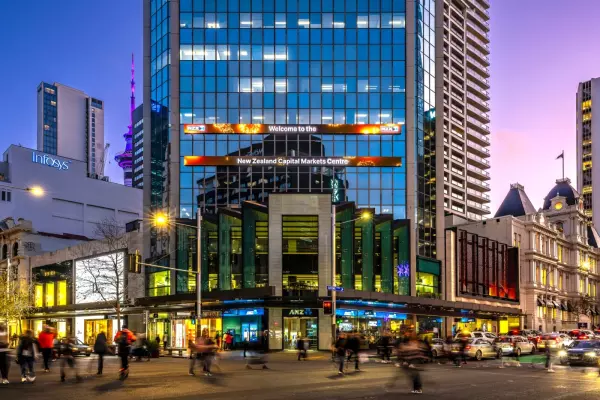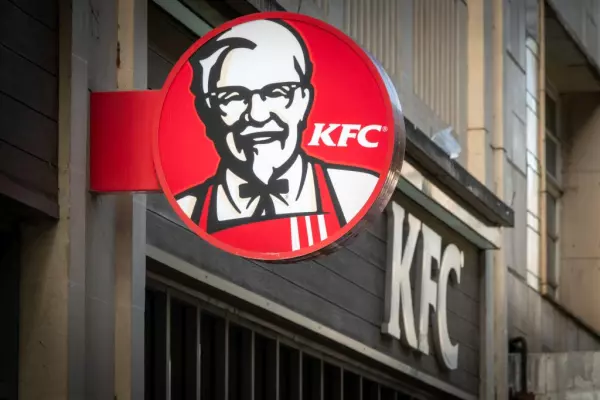For retailers across New Zealand, 2021 represents a bright and bold opportunity to put 2020 behind them and strive for bigger, better and more delightful retail experiences.
Compared to other markets, New Zealand and its retail industry has been relatively successful in reaching covid-normal, with high streets and communities across the country back to their usual vibrant, bustling selves.
However, the pandemic has accelerated new trends and brought into focus new opportunities that retail businesses big and small must consider as they implement their longer-term strategies. For retailers in 2021, integration, omnichannel and the support of proud, passionate local consumers will be imperative.
The ‘support local’ spike
Mass internet access, seamless supply chains and the proliferation of e-commerce over the past decade had given New Zealand’s shoppers access to an endless supply of products from across the globe. However, with global supply chains disrupted and back-logged, and New Zealanders unequivocal in their support for local businesses post-pandemic, 2021 will see a previously rapid retail globalisation slow, at least temporarily, and local reign supreme.
So, if you’re a retailer, play your local hand in 2021. Be proud of where you come from, what you do and why, and you might find New Zealanders’ affinity to your business grow.
Talk about the quality of your products and why they make beautiful gifts for meaningful people, and share glowing reviews and the story behind your business, the materials you use and where they’re from.
Retail is one of the strongest industries for breeding community, so reach out to yours; tell them what you’re excited about this year and how they can visit your store to check out your cool products and everything you’re working on. While ecommerce has been changing the industry gradually over the past 10 years, what has never and will never change are the two core pillars of retail — beautiful products and delightful experiences. And with the right strategies behind you, those pillars could shine brighter than ever in the months ahead.
Integration, integration, integration
Making the most of the expected ‘love local’ movement in 2021 still requires smart, savvy tech-empowered strategies. Digital transformation was a bridge over troubled waters in 2020, but to truly benefit from technology over the long-term, retailers must embrace integration.
Robot shopping assistants might sound cool, but nothing can replace Kiwi hospitality. Therefore, the most genuinely useful technology is that which boosts efficiency and creates savvier behind-the-scenes operations, so retailers can spend more time creating beautiful products and delighting their customers.
While there are a multitude of platforms for retailers, relying on too many siloed softwares can actually be counterproductive. Through siloed software, retailers have a greater deal to master — which can be incredibly time-consuming — and aren’t able to streamline the flow of information across their business. An integrated tech stack that seamlessly aligns every aspect of a retail operation — from inventory and online orders, to customer marketing and financial reports — helps retailers establish a holistic, real-time understanding of how their entire business is performing and how their customers interact with it. While many may think success this year is dependent on groundbreaking strategies, in reality, an integrated technology stack, and the operational benefits it provides, is worth its weight in gold.
Adopting omnichannel, and evolving concepts
With a foundation built upon an integrated technology stack, retailers can deploy the omnichannel strategies that will define savvy, sophisticated and sustainable business for years to come.
Shopper habits are evolving faster perhaps than ever before, but through an integrated omnichannel strategy, retailers can provide exceptional experiences to appeal to their customers however they shop, in-store or online.
Streamline and enhance the shopping experience by listing in-store inventory online, implementing loyalty schemes, introducing click-and-collect and using targeted marketing to promote products, shipping options, updated returns policies and everything else customers need to know.
Omnichannel allows retailers to optimise popular new trends too, like ‘endless aisle’ and wishlists. Through endless aisle, customers can order items in-store, that retailers only carry online, directly from point of sale. Research from 2018 found retailers globally had lost out on nearly $1 trillion in sales exclusively as a result of out-of-stock situations. Endless aisle — a perfect example of omnichannel selling — alleviates this problem but wouldn’t be possible without an integrated tech stack that links point of sale with inventory.
Wishlists, meanwhile, are growing in appeal too, and represent another crucial advantage retailers can utilise to maintain shoppers’ interest. A collection of desired products that customers save to their user account, wishlists are an effective way to reduce shopping cart abandonment. They enable retailers to cater to shoppers who aren’t ready to make their purchase immediately but on a second or third visit. Through an integrated tech stack that links wishlist to marketing software, retailers can send targeted promotions to customers based on items saved in their user profile.
While it may be easy to think that retail success is about revolutionary tactics, it needn’t be. The two pillars of successful retail are delightful experiences and beautiful products, and by going local and embracing integrated technology and omnichannel selling in the months and years ahead, don’t be surprised to see those pillars grow to new and extraordinary heights.
Vaughan Fergusson is founder of Vend, point of sale and retail management platform










